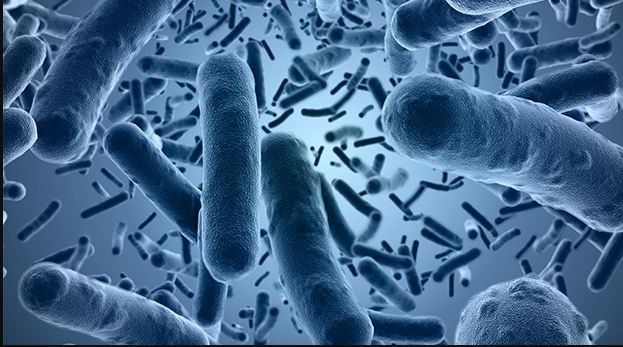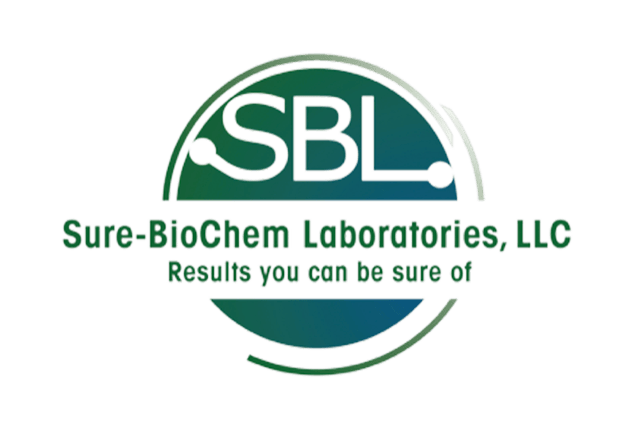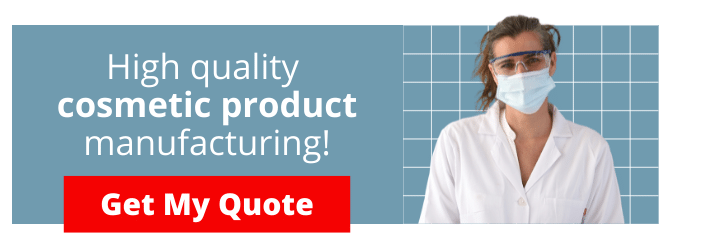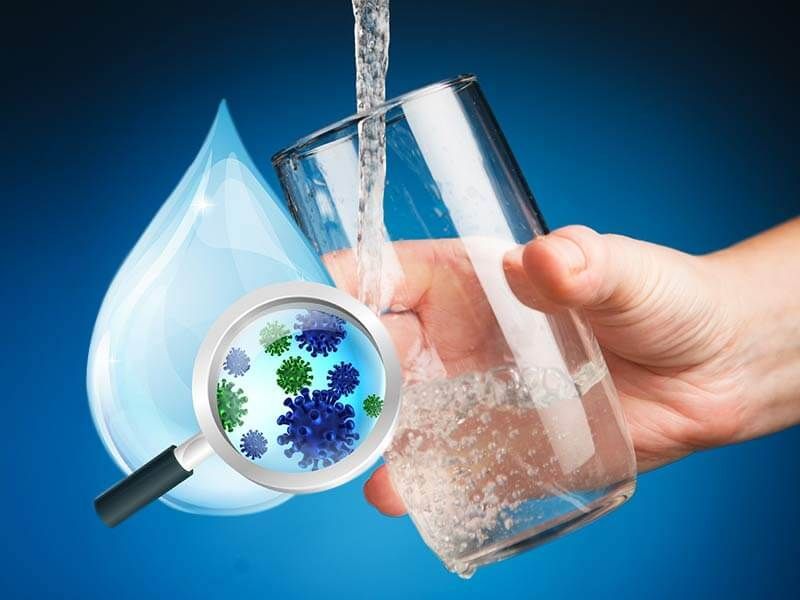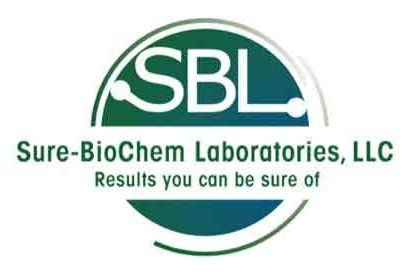What You Need to Know About Quality Control Tests for Cosmetics
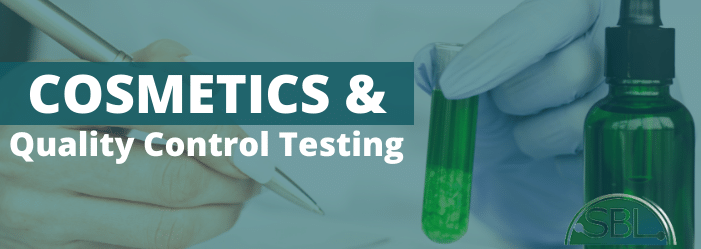
Quality control tests for cosmetics ensure that safe products go out into the product.
It’s an important but largely unseen part of the process that goes into determining what finds its way onto store shelves.
The quality inspection that goes into your makeup set has a direct result on your own health, making it important to understand cosmetic product testing.
In this article, we look at cosmetic testing parameters and walk you through everything you need to know about quality control tests for cosmetics.
The Importance of Cosmetic Product Testing
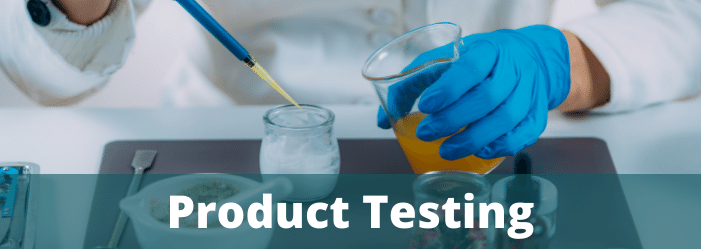
Without quality control tests for cosmetics, substandard products with the potential to be dangerous would find their way onto store shelves.
Control tests are there to establish cosmetic stability, ensuring that the product you buy is safe and what you are expecting.
Who manages cosmetic safety?
Cosmetic companies are responsible for establishing safety and quality control practices that guarantee safe, high-quality products.
Quality control tests for cosmetics are then performed by the FDA to make sure that guidelines have been followed and that products are advertised accurately.
Safety data
The FDA provides safety data to manufacturers.
This information typically describes the safety of specific ingredients, allowing manufacturers to adhere to regulations and industry standards with preexisting information.
Additional testing processes
Natural or organic doesn’t mean safe
Organic and natural labels are often misinterpreted.
For one thing, the majority of cosmetics that use the natural or organic label are describing specific ingredients, and not necessarily the finished product itself.
The legal definition allows for a
degree of flexibility
in how products are labeled.
Buyers that wish to acquire strictly organic products should inspect the label carefully.
They may also wish to look into the
manufacturer themselves.
Products that have been labeled organic or natural may still contain chemicals that can be harmful to some consumers.
Types of Cosmetic Product Testing
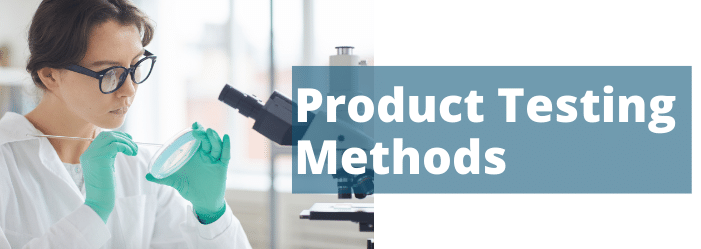
Quality control tests for cosmetics are multifaceted and there are different types that products might undergo.
Microbiological testing
Microbiological testing for cosmetics identifies the potential for contaminants such as mold.
The tests analyze the risk of microbiological contamination under conditions of normal use.
In other words, will this product become contaminated under ordinary circumstances?
Stability testing
Stability testing investigates how the cosmetic will withstand certain conditions, including exposure to specific moisture and temperature levels.
Toxicological testing
Toxicological testing determines the toxicity of a product and analyzes the conditions for which toxicity would take place.
This could include storage conditions, interactions with other chemicals, or circumstances of the application.
Ostensibly, the idea is to determine if and how a cosmetic can become dangerous.
Performance and cosmetic stability
Performance and stability tests are part of the quality control tests for cosmetics that simulate conditions of actual use.
In a laboratory setting, cosmetics are exposed to temperatures and other control factors that mimic daily use to determine how long a product performs as intended, and what happens during the degradation process.
The top compatibility testing questions with packaging
Compatibility testing with packaging is designed to see how well a product will withstand its container.
Is leakage likely?
Is long-term storage appropriate?
Is there any potential for adverse reactions?
How to Perform a Quality Control Test for Cosmetics
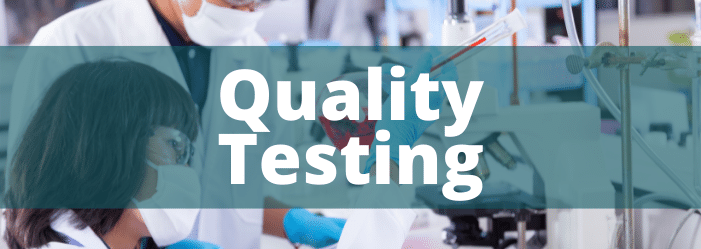
Make your batch
Fill your samples to test the packaging
Take initial readings for pH and viscosity
PH and viscosity levels can be taken using PH strips.
PH balance is important in cosmetics because skin tends to be a high PH surface thanks to exposure to sweat, and other substances that tend to register lower (which is to say more acidic) on the PH scale.
Cosmetics ideally fall into a PH level of around 7.
Higher can pose a threat to skin and hair.
PH should be evaluated based on temperature conditions that are most likely to be encountered during regular storage and use.
Acidity conditions rise with temperature making it an important variable to control for.
Test cosmetics at different temperatures
In addition to establishing acidity, different temperature conditions will also indicate the general stability of a cosmetic.
The idea, as always, is to simulate conditions that products are most likely to encounter during storage, transportation, and everyday use.
Evaluate the final product
Once the tests have been completed, it is time to examine the final product.
If your cosmetic has withstood these tests it may be in market-ready condition.
Other tests, such as
microbiological analysis and testing
will still be necessary to determine safety, quality, and general suitability.
Confidently Test Your Product’s Quality Today!

Quality control tests for cosmetics are extremely important, both for consumers and manufacturers.
It’s critical to get testing done that is accurate and thorough enough to bring a safe, high-quality product to market.
Testing should be thorough, nuanced, and aligned with the standards and
specifications
of the FDA.
Remember that cleanroom standards are equally important to the standards of what goes into the product.
Quality control testing is arduous for a reason.
Taking the process seriously is a critical component of playing your part in public safety, maintaining FDA standards, and establishing a rock-solid reputation that will sustain your cosmetic brand for many years to come.
Also Suggested
Related Learning
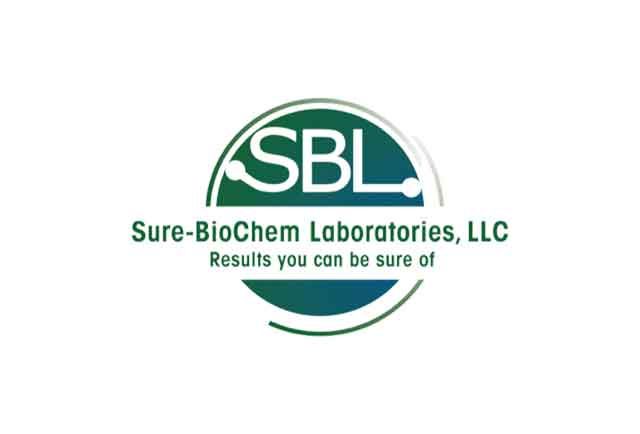
Need Our Help? Fill Out a Service Request Today!
We're here to assist you with all your needs. Please complete our service request form to ensure we provide the best possible service.
It's quick and easy—tell us a little about your request, and our team will reply promptly. We look forward to serving you!
Blog Contact Page
